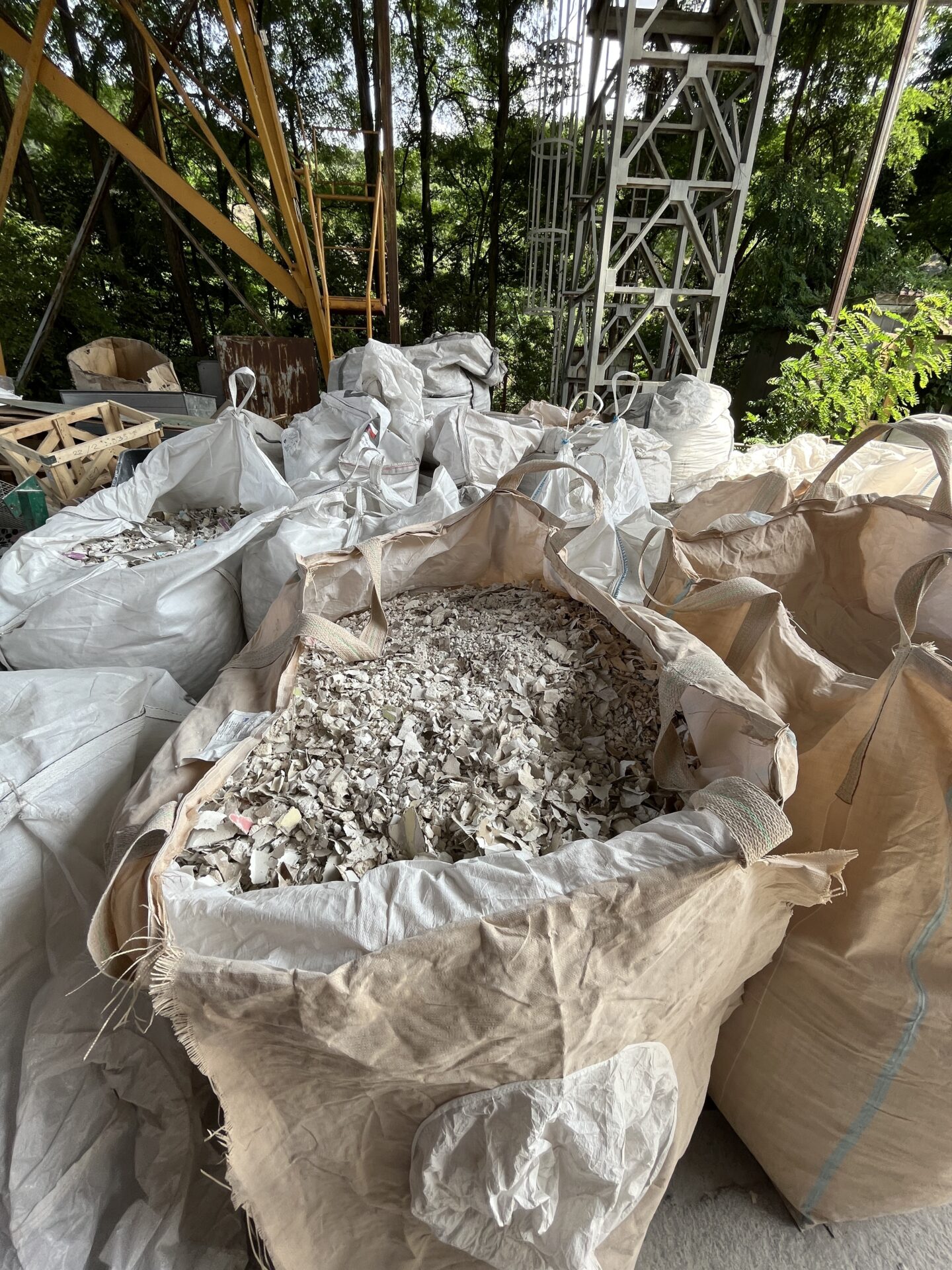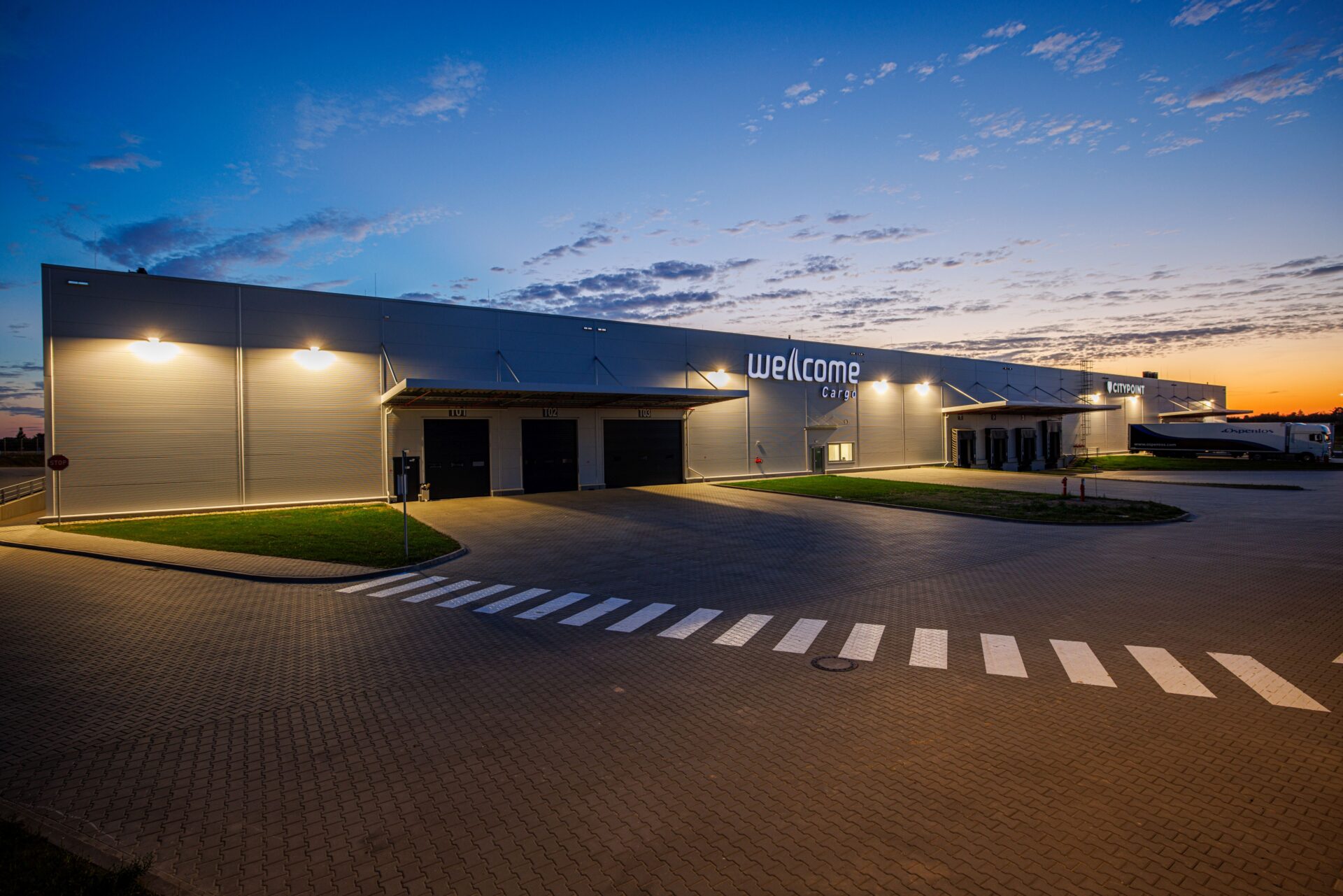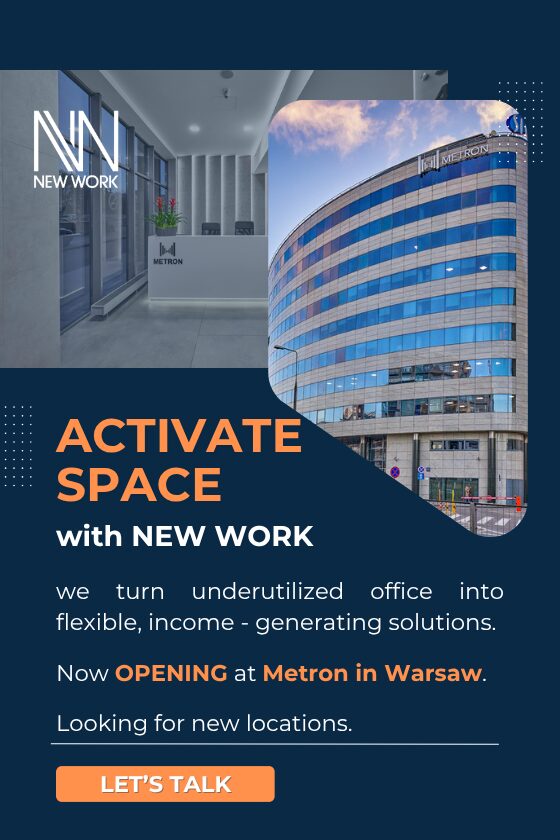Skanska is redefining demolition with its innovative “remolition” project, turning waste into valuable resources and setting a new benchmark for circular construction. This initiative is the first in the Czech Republic and Central and Eastern Europe to replace traditional demolition with a sustainable approach, prioritising material reuse and recycling.
The Merkuria building, built between 1967 and 1971 in Prague and renovated in the early 2000s, was a Brutalist-style office complex with a central tower and four corner towers. Skanska acquired the building in 2019 with an existing demolition permit but opted for a more sustainable approach. Mercury, the future development, is designed to meet the highest environmental standards, achieving top LEED certification and minimising its carbon footprint throughout its lifecycle.
“As Skanska, we are committed to setting new standards for sustainable development across Central and Eastern Europe. Mercury is the first project in the region where we have applied a circular approach to demolition on such a scale, but it will not be the last. We are already working on a similar process for the upcoming deconstruction of the Ilmet building in Warsaw. Our ambition is clear – to make material reuse and low-carbon practices a natural part of how we transform urban spaces,” commented Mariusz Krzak, Executive Vice President Operations Poland and Czech Republic at Skanska Commercial Development Europe.
A smarter approach to demolition
Unlike standard demolition, which discards most materials, remolition is designed to maximise recovery and reuse. Skanska spent nearly two years mapping materials and securing partnerships before dismantling the Merkuria building. This careful planning led to remarkable results: 97,4 percent of the 18,626 tons of materials were recycled or repurposed, far exceeding the legal requirement of 70 percent. Concrete, which made up 58 percent of the total material, was partially reused in new concrete production, while metal, glass, and wood found new applications. The project also cut CO₂ emissions by nearly 6,000 tons. Importantly, some of the rescued materials will be incorporated into the construction of the new Mercury building, closing the circular loop.
Tackling the Construction Waste Crisis
Globally, construction and demolition waste accounts for up to 40 percent of total waste production, yet only a third of it is recycled or reused. The conventional “take, make, throw away” model strains natural resources, worsens environmental degradation, and drives up carbon emissions. The Mercury project demonstrates that sustainable demolition is not only feasible but also economically viable, paving the way for a shift in industry norms.
A Scalable Model for the Future
With support from partners such as CYRKL and UCEEB, Skanska has developed a repeatable model for sustainable demolition, inspiring other developers and construction firms to rethink their approach.
“The project has already attracted significant interest from industry leaders eager to learn and implement similar practices. This project goes beyond a single building. It proves that large-scale sustainable practices are both necessary and achievable, benefiting the environment and the industry alike,” said Eva Nykodymová, EHS Manager at Skanska Commercial Development Europe.
By integrating circular economy principles from demolition through reconstruction, the Mercury project marks a major step forward for the Czech construction industry. Skanska continues to lead the charge in sustainable building practices, setting a precedent for the future of responsible construction.
In addition to achieving a record recovery rate, Skanska prioritised direct reuse of materials through meaningful donations and on-site reintegration. Gravel and tiles were repurposed as a path to a community garden in Port7, railings and rails found new life on the same site, and pebble from the roof was reused beneath a local bridge. Furniture, carpets, and ceiling tiles were donated to a public school and hospital, while kitchens supported refugee housing. Selected wooden elements were transformed into OSB boards, and backup diesel generator and doors were reinstalled or reused by private individuals. Glass elements were passed on to a specialist company that works with Saint-Gobain to manufacture facade panels using recycled glass.







